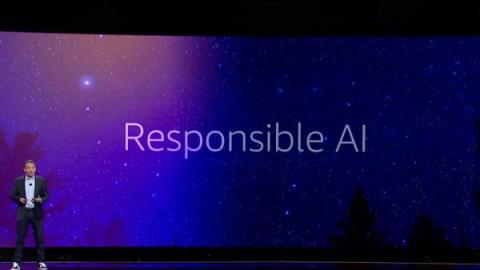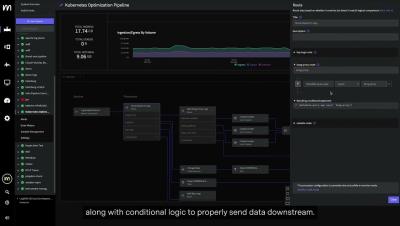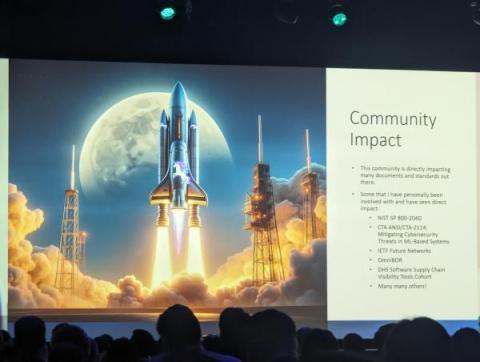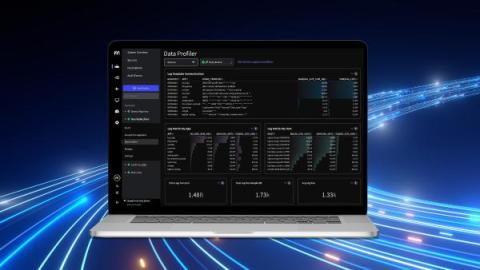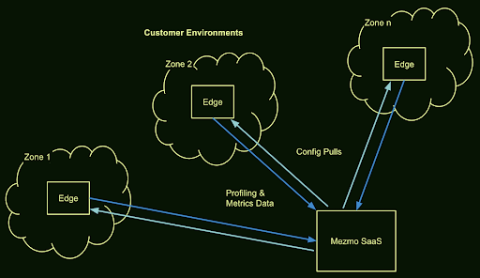My Recap on the Gartner IT Infrastructure, Operations & Cloud Strategies Conference
Last week, I attended the Gartner IT Infrastructure, Operations & Cloud Strategies Conference (IOCS). Gartner IOCS is my favorite conference every year because of the quality and level of the presentations. Gartner analysts deliver most sessions and put a lot of effort into the presentations and supporting research. I’d like to highlight two sessions that I found to be very informative.




